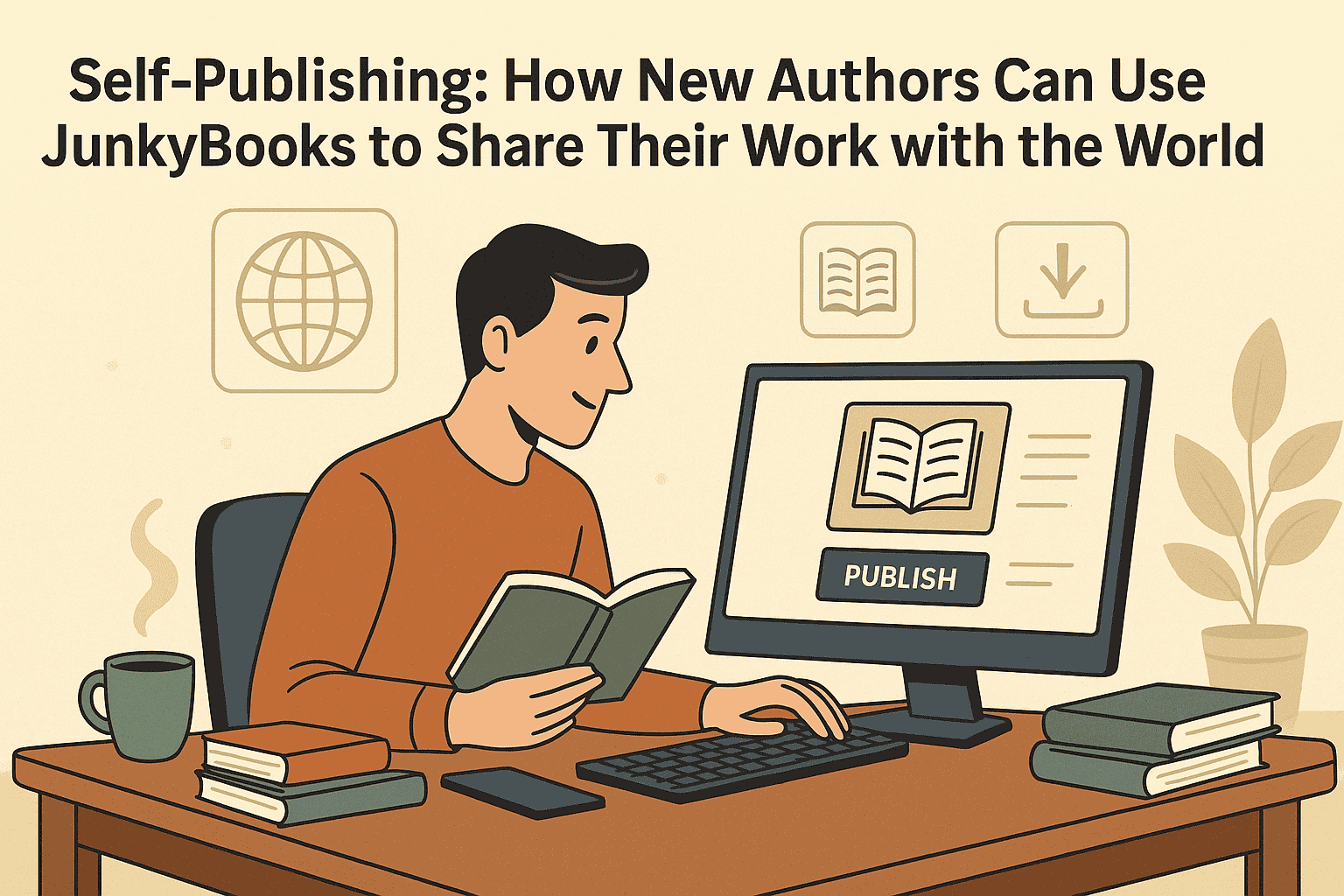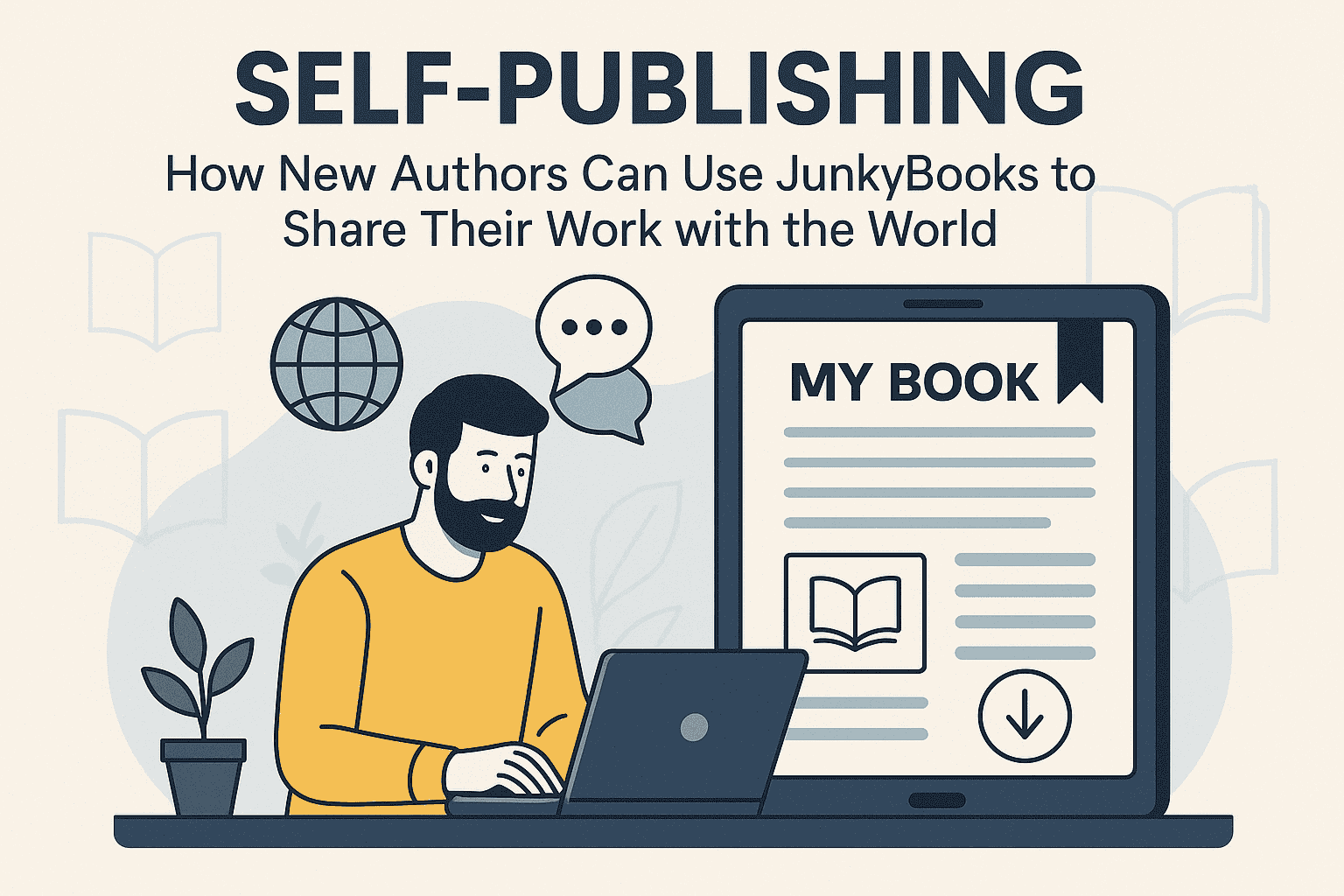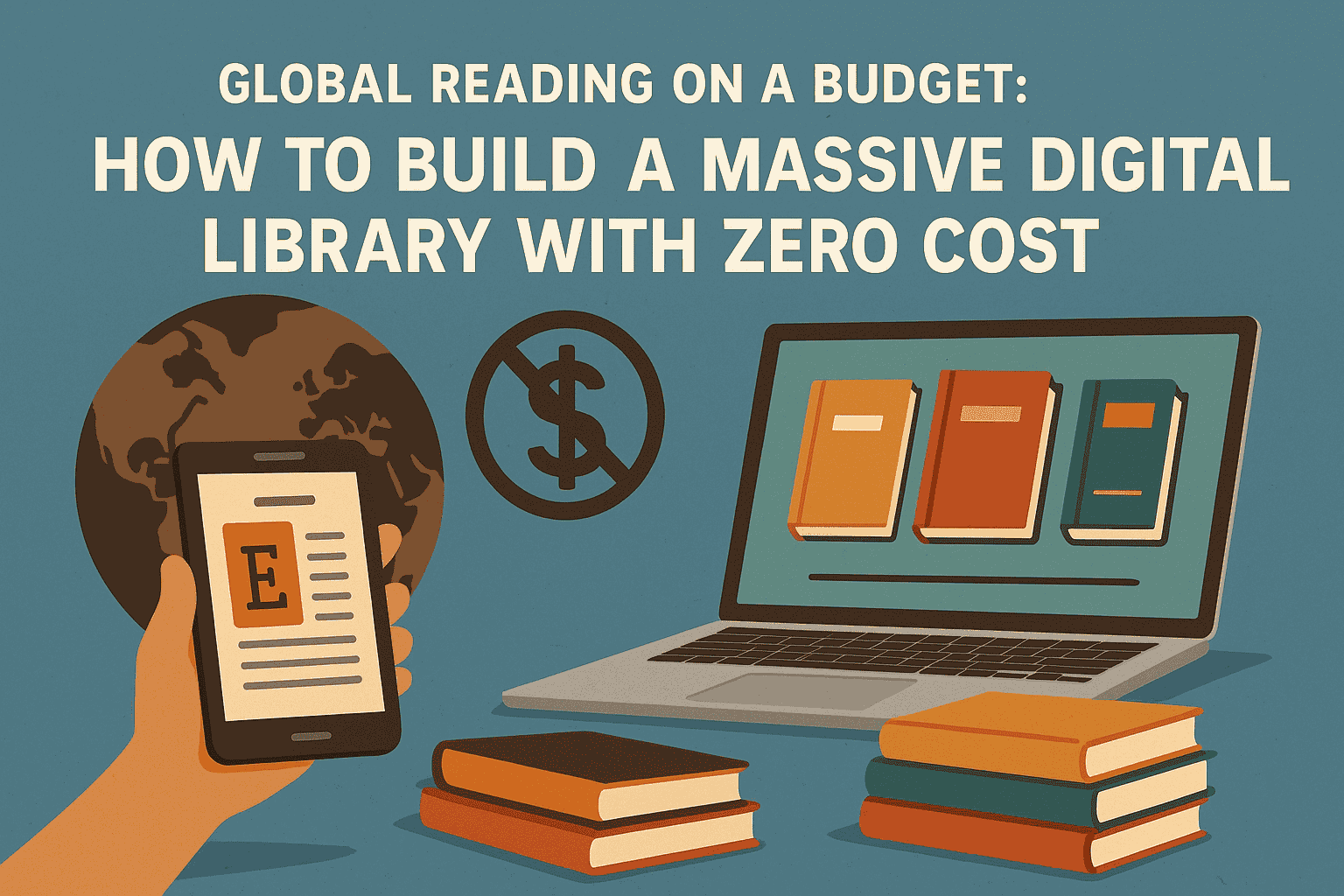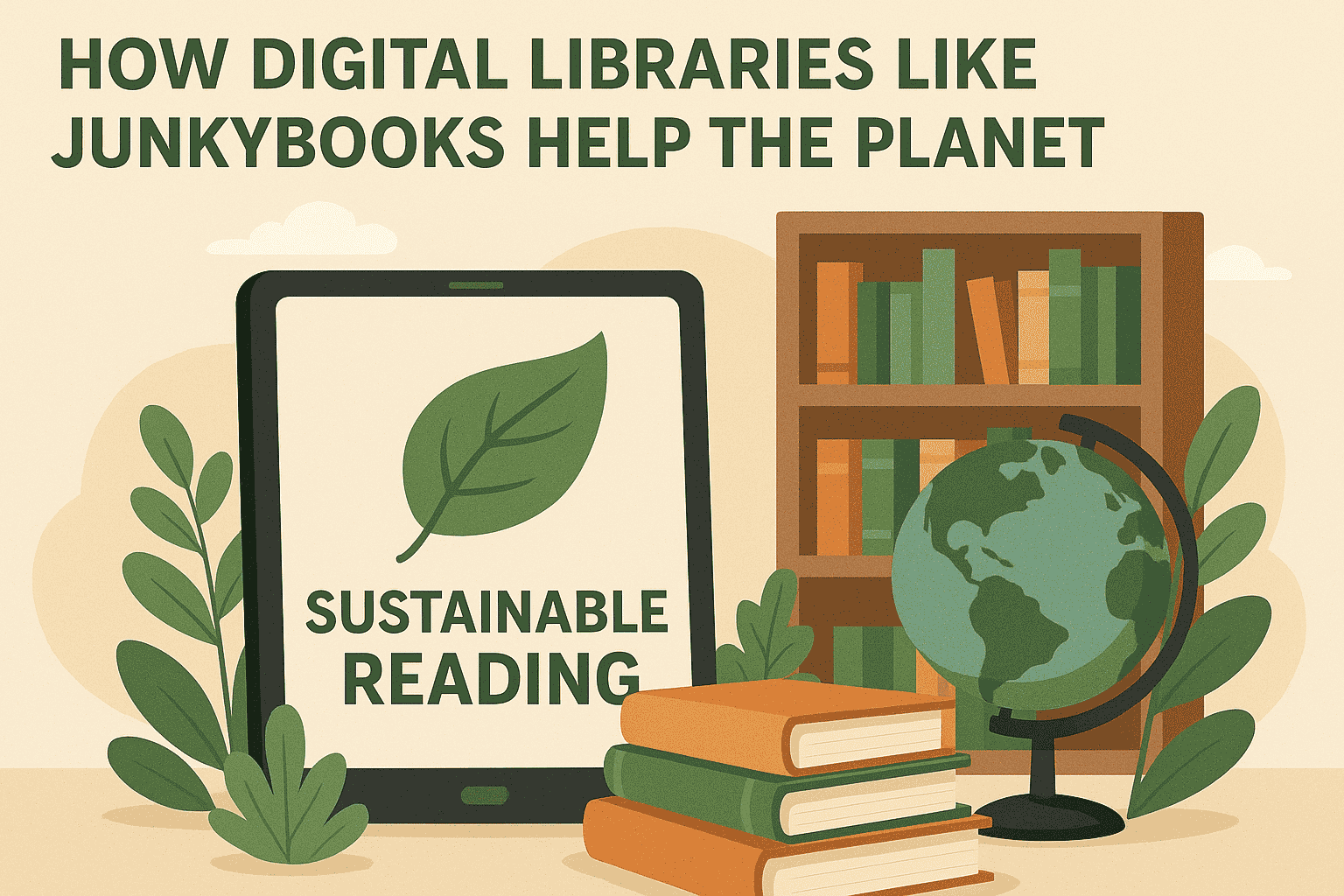Hybrid Publishing: What It Is and How It Works
In the rapidly evolving world of book publishing, the traditional choice between self-publishing and traditional publishing is no longer your only option. A third path—hybrid publishing—has emerged, offering a middle ground for authors who want more control than traditional publishing allows, but more support than self-publishing typically provides.
But what exactly is hybrid publishing? How does it work? And is it the right choice for your book? In this guide, we’ll explore the concept of hybrid publishing, its pros and cons, and how to identify a reputable hybrid publisher.
What Is Hybrid Publishing?
Hybrid publishing is a publishing model that blends elements of both traditional and self-publishing. Like traditional publishers, hybrid publishers typically offer professional services such as:
-
Editing
-
Cover design
-
Interior formatting
-
ISBN management
-
Distribution
But unlike traditional publishing, the author usually contributes financially to the production process. In return, they receive a higher royalty rate and retain more control over their work.
Think of hybrid publishing as collaborative publishing—you’re not doing everything alone (like in self-publishing), and you’re not giving up full control (like in traditional publishing).
How Hybrid Publishing Works
The hybrid publishing process typically includes the following steps:
-
Manuscript Submission: You submit your manuscript to the hybrid publisher for evaluation.
-
Review and Acceptance: If accepted, you’ll receive a publishing offer that outlines the services provided, costs involved, and timeline.
-
Author Investment: Unlike traditional publishing, you’ll be expected to pay for some or all of the production costs.
-
Production Services: The publisher handles editing, design, formatting, and setup for print and digital distribution.
-
Distribution: Your book is distributed through standard retail and online channels (Amazon, Ingram, Barnes & Noble, etc.).
-
Marketing Support (optional): Some hybrid publishers include or offer add-on marketing services.
-
Royalties and Rights: You retain more rights than in traditional publishing and typically receive a larger share of the royalties—often 50% or more.
Key Features of Hybrid Publishing
| Feature | Traditional Publishing | Self-Publishing | Hybrid Publishing |
|---|---|---|---|
| Upfront Cost to Author | None | Full | Shared (or full) |
| Creative Control | Low | Full | Medium to High |
| Royalties | 5–15% | Up to 70% | 30–60% |
| Distribution Support | Full | Limited | Strong |
| Editorial Support | Full | Optional | Full |
| Ownership of Rights | Usually Publisher | Author | Author or Shared |
| Speed to Market | Slow | Fast | Medium |
Who Should Consider Hybrid Publishing?
Hybrid publishing is ideal for authors who:
-
Want a professionally produced book but don’t want to wait for traditional publishing gatekeepers.
-
Have the financial means to invest in their own publishing.
-
Value creative input and ownership of their intellectual property.
-
Want access to bookstore distribution and industry-standard production.
-
Are not comfortable navigating the entire self-publishing process alone.
This model works well for:
-
First-time authors
-
Nonfiction professionals (e.g., business leaders, coaches, consultants)
-
Memoir writers
-
Authors with niche audiences
Pros of Hybrid Publishing
1. Professional Quality
Hybrid publishers usually provide top-tier editorial and design services, making your book indistinguishable from traditionally published works.
2. Faster Time to Market
Unlike traditional publishers who can take 12–24 months to release a book, hybrid publishers often release books within 3–6 months.
3. Creative Control
You’ll have input on the cover design, title, and final manuscript—something many traditionally published authors don’t get.
4. Retain Your Rights
Most hybrid publishers allow you to retain your copyright and sometimes even your publishing rights.
5. Higher Royalties
You typically earn more per book sold than with traditional publishing, sometimes even as high as 50–70% of net revenue.
6. Distribution Access
Many hybrid publishers have established relationships with distributors like Ingram, making it easier to get your book into stores and libraries.
Cons of Hybrid Publishing
1. Upfront Costs
You’ll need to invest in your own publication, often ranging from $2,000 to $10,000+ depending on services and complexity.
2. Quality Varies
Not all hybrid publishers are equal. Some are glorified vanity presses that charge high fees without delivering results.
3. Marketing Is Not Guaranteed
While some hybrid publishers offer marketing, it’s often limited or costs extra. As with self-publishing, you may need to do most of your marketing.
4. Confusing Contracts
Because hybrid publishing is a middle ground, contracts can be less standardized. You’ll need to read carefully and possibly consult an attorney.
How to Identify a Reputable Hybrid Publisher
Not all hybrid publishers are ethical or professional. Here’s how to spot a reputable one:
1. Membership in the IBPA
The Independent Book Publishers Association (IBPA) provides a Hybrid Publisher Criteria list. Reputable hybrid publishers follow these guidelines.
2. Clear Contracts
A trustworthy publisher will offer transparent contracts that explain:
-
Costs
-
Royalties
-
Timelines
-
Ownership of rights
3. Author Vetting
Legitimate hybrid publishers evaluate your manuscript before accepting it. If every submission is accepted (regardless of quality), that’s a red flag.
4. No High-Pressure Sales Tactics
Be wary of publishers that aggressively upsell marketing packages or charge high fees without providing clear deliverables.
5. Solid Portfolio
Check their published books. Are the covers professionally designed? Are the books well-reviewed? Are they available in stores and online?
6. Author Testimonials
Look for feedback from other authors. Ask about their experience—particularly in terms of editing, timelines, royalties, and support.
What to Ask Before Signing a Hybrid Publishing Deal
Before you sign any contract, ask these questions:
-
What services are included in the fee?
-
Who owns the ISBN and copyright?
-
What percentage of royalties will I receive?
-
Will I have input on cover design and editing?
-
What is the timeline for publication?
-
What happens if I want to terminate the agreement?
-
Will the book be distributed through Ingram, Amazon, or bookstores?
-
Are marketing or promotion services included?
Don’t sign anything unless you’re 100% clear on the terms.
Examples of Reputable Hybrid Publishers
While you should always do your own research, here are a few hybrid publishers that have received positive recognition in the industry:
-
She Writes Press
-
Greenleaf Book Group
-
BookBaby (Publishing Packages)
-
Köehler Books
-
Scribe Media (for business authors)
Note: Inclusion here doesn’t guarantee a perfect experience. Always vet each publisher based on your own goals.
Final Thoughts
Hybrid publishing is not a shortcut, but it’s a legitimate and growing path in today’s publishing world. It gives authors access to high-quality production and distribution while preserving creative input and offering higher royalties than traditional models.
However, because it requires a financial investment, due diligence is critical. Choose partners wisely, set realistic expectations, and always understand what you're getting into.
To summarize:
-
Hybrid publishing bridges the gap between traditional and self-publishing.
-
It combines professional services with author investment and control.
-
It’s best suited for authors who want high-quality books and are willing to invest in their success.
-
Not all hybrid publishers are equal—research is key.







